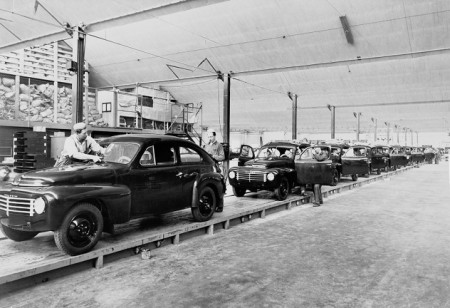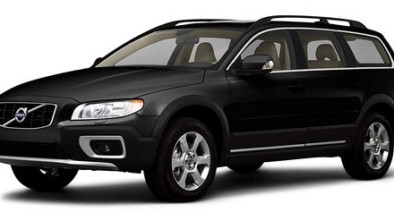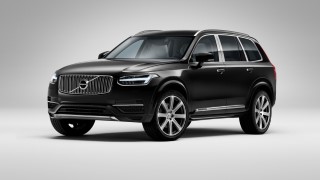Volvo PV444 1944 - 1958 - Model history
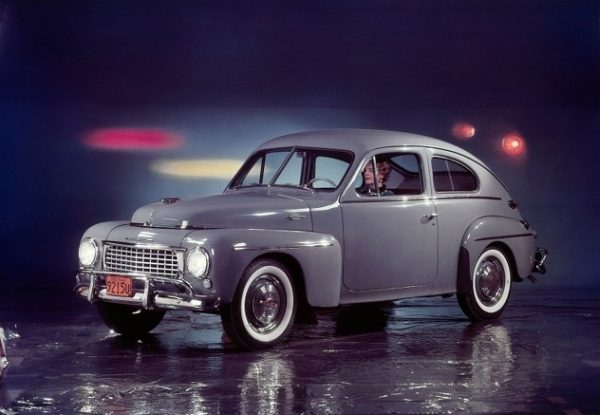
Volvo PV444
The Volvo PV444 was the start and symbol of the new Volvo after World War II, and marked the beginning of Volvo car exports to the United States.
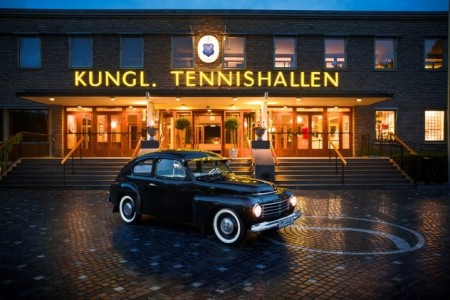
Volvo PV444
On September 1, 1944, a special exhibition was organized Volvo cars at the newly built Royal Tennis Hall in Stockholm.
In the rest of the world, the Second World War was still raging. But Volvo looked to the future, expecting an imminent calm. The exhibition was intended to show what the then 18-year-old Swedish car company had achieved, as well as what customers could expect when peace struck.
The exhibition "covered" the entire Volvo Group's offer, so visitors could see everything Volvo produces, including two new cars: the PV60 and PV444. They have been dubbed "Volvo Pigeons of Peace" in Volvo Ratten magazine.
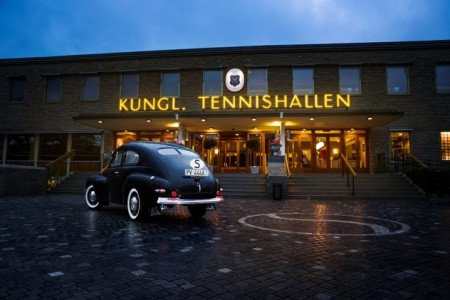
Volvo PV444
The Volvo PV60 was actually a pre-war model, introduced back in 1940, but the start of World War II corrupted production plans.
The big star of the exhibition at the Royal Tennis Hall was without a doubt the "little Volvo", model PV444. Visitors rushed to see the novelty, but what they could see was actually a prototype that was not in running order.
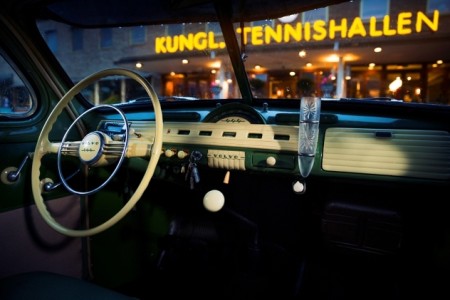
Volvo PV444
When the Volvo PV444 was introduced in September 1944, the development process was only a few months old. About 40 designers have been working on this new car. First, a full-size wooden model was painted black, with silver in the windows where the windows should be. Completed in March 1944, it was introduced to company founders Assaru Gabrielsson and Gustaf Larson. After careful observation, they made the fateful decision to put the car into production.
During the exhibition and shortly afterwards, 2.300 pro forma invoices were signed for the new Volvo PV444. But it will take a long time before the cars are delivered to customers. During the following years, prototypes were subjected to extensive testing, so the first finished car was introduced only on February 3, 1947, to begin production next month.
The Volvo PV444 was not only the first small Volvo. It was also the first model with a self-supporting body. The four-cylinder 1.4-liter 40-horsepower engine was also brand new. The first specimens were painted exclusively in black cellulose, while the metallic parts inside the car were painted light green. Among the distinguished visitors to the inauguration on September 1, 1944 were a number of important figures from the governing structures of Sweden. The Stockholm exhibition was attended by 148.437 visitors in ten days, and the long queues of all those interested in seeing the Volvo novelty were recorded. The proceeds from the tickets were donated to the Red Cross.
When the PV60 and PV444 were introduced, Volvo’s exports were modest. Ratten magazine wrote, among other things, that these two cars make the audience in Sweden happy, and they would surely make many other nations happy when the war ends. And it was with the PV444 that Volvo established its historically most important export market - the United States. The first specimens were delivered to Los Angeles on August 15, 1955, and the following year Volvo became the second imported automotive brand in California.
It was originally planned to produce 8.000 Volvo PV444s, which was a really brave move, as Volvo had never produced more than 2.000 cars before. But the "little Volvo" was a complete success. Almost 200.000 copies were produced in 1958. If the modernized PV544, which was produced until October 1965, is included, a total of 440.000 cars were produced. Of that number, 160.000 were sold outside Sweden, and 280.000 copies in Sweden.
Retrieved from: klix.ba.
Recommendation of similar texts:

Hi there, I am Mladen and I am an auto enthusiast. I started this blog years ago to help like minded people share information about latest cars, car servicing ideas, used car info, exotic cars, and auto technology. You will find helpful articles and videos on a wide variety of cars - Audi, Mercedes, Toyota, Porsche, Volvo, BMW and much more. Ping us if you have anything cool to share on latest cars or on how to make older cars more efficient, or just want to say hi!

